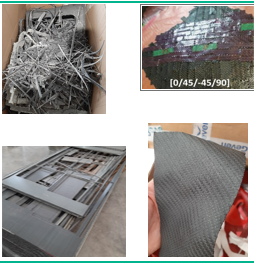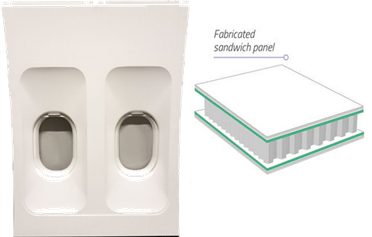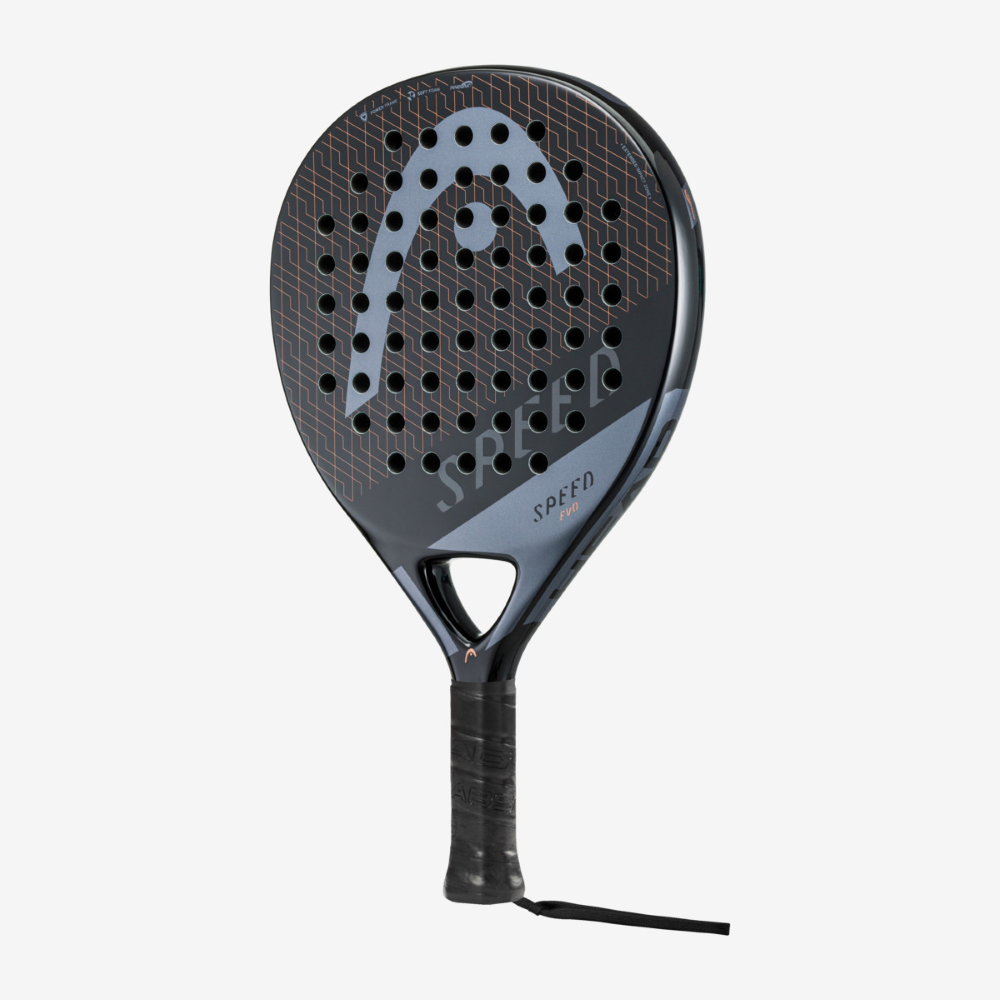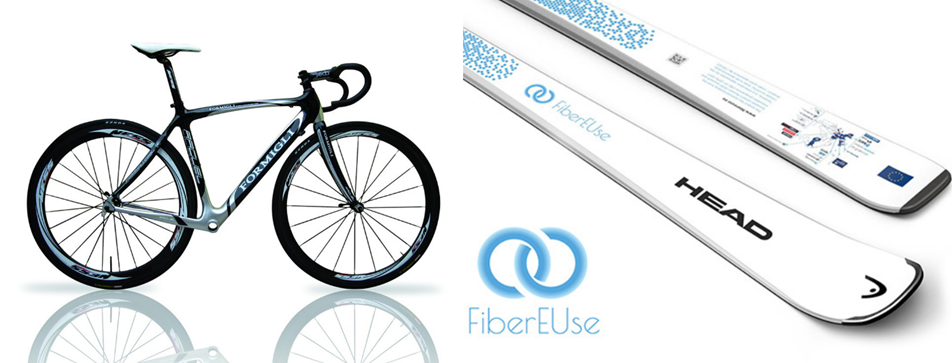Reuse of carbon fibre reinforced composite (CFRC) parts for energy
Demo-case 3
Leader: REST; participants: INV, FRAUNH, RSC
Using the example of a rotor blade as part of a complete rotor system of a wind turbine, the demo case shows the extent to which a complete rethink of familiar design approaches opens up new potential for the circular economy with composite materials (not limited to CFRC fibers, since most parts of wind turbine blades are and will be in the future manufactured also with glass fibers). In order to create a general possibility to use EOL components or recycled fibers in highly loaded rotor blades of wind turbines, a design approach is chosen that allows the use and exchange of parts with different requirements and properties through a reversible segmentation of the rotor blade structure. In order to optimally exploit the potential for the use of EOL fibers/components, the design approach includes not only a single rotor blade but the entire rotor system.








